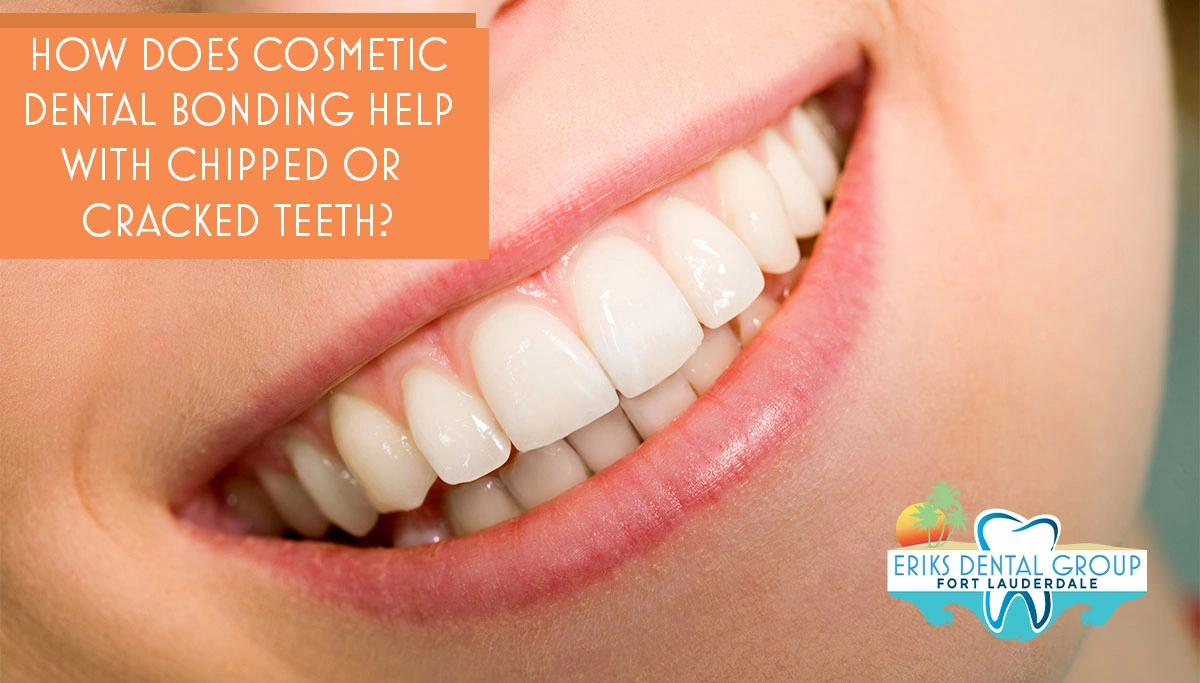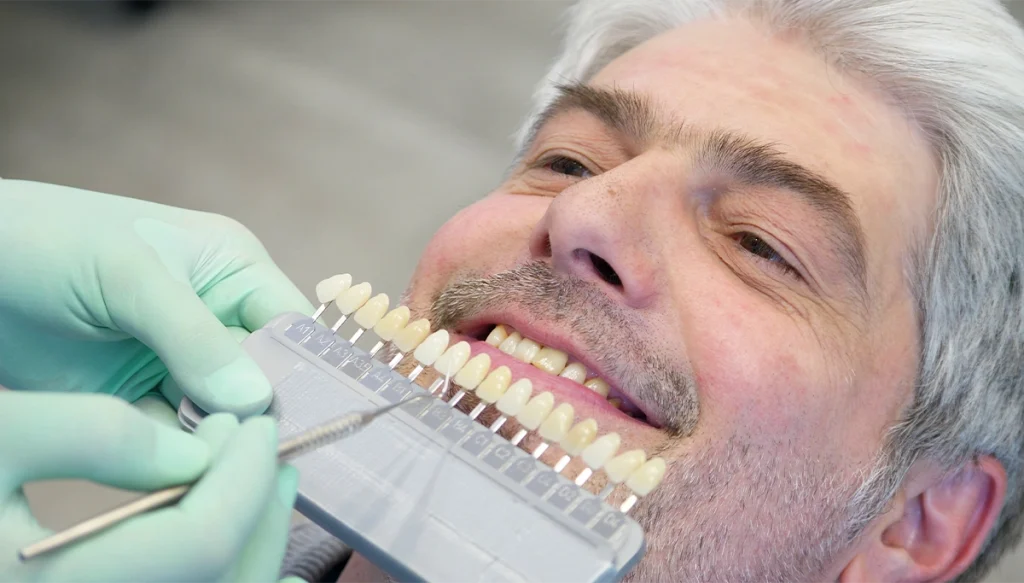
Cosmetic dental bonding helps with different dental issues, including decayed or damaged teeth, discoloration, or Microdontia (small teeth). When you’re interested in this dental service, schedule a dental exam with Dr. Ty Eriks to determine if you’re a good candidate. He will evaluate your teeth and gums to detect any existing dental problems that must be resolved before any cosmetic dentistry procedure is performed.
A cosmetic dentist uses bonding to correct minor cosmetic flaws and restore teeth quickly. It is natural-looking and can be done in a matter of minutes. It can be done as a standalone dental procedure or in combination with others during a smile makeover.
There are four main reasons to consider cosmetic dental bonding for your smile:

Before any dental treatment begins, a full dental exam is performed to determine if you’re a good candidate. For patients looking to address minor cosmetic flaws, it is a great option.
You’re a great candidate for cosmetic dental bonding if you have:
The best candidate for bonding will have realistic expectations for what bonding can do as opposed to veneers, dental implants, or crowns. They will also be committed to their oral hygiene by brushing and flossing regularly.
Cosmetic dental bonding is usually completed in just one visit. Anesthesia isn’t needed, making it noninvasive. Once you’re ready to begin, Dr. Eriks will apply composite resin to the surface of the patient’s teeth to match their existing color as closely as possible. After its application, it is cured with a UV light so that it hardens. He may use many layers to make the proper corrections to the tooth or teeth. Lastly, it is polished to look natural.
After bonding, avoid consuming any stain-causing foods or beverages, like red sauce, coffee, or tea, for at least 48 hours. Also, the composite resin can chip and stain, so don’t bite on hard objects like ice or hard candy. Brush your teeth as soon as possible after every meal.
Biannual teeth cleanings help polish away stains from the composite resin on the teeth that were treated. Your restoration can last for years with an effective at-home oral hygiene routine. At your annual dental exam, we can monitor how your restoration is lasting and determine when it’s time to perform another procedure to maintain your smile results.

Veneers cover the front of a tooth, while cosmetic dental bonding only fills different areas, such as chips or cavities, with a soft composite resin material. Bonding doesn’t require the same preparation and maintenance that porcelain veneers do. Veneers are also irreversible, while bonding can be reshaped and changed over time if necessary.
Since dental bonding is an elective procedure, it isn’t usually covered by insurance. Our dental team can contact yours to double-check your existing coverage. During your consultation, we can provide you with a cost estimate and discuss the payment options we accept at our Fort Lauderdale location.
It’s a minimally invasive way to address tooth flaws, but it may not last as long as other procedures like crowns. However, with good hygiene and care, dental bonding can last up to ten years. It’s important to understand that the composite resin in the bonding material is more prone to staining than porcelain, which is used with veneers.
Dental bonding doesn’t pose any major risk to our patients. The composite resin used with this procedure isn’t as strong as your natural teeth, so it may chip or separate from your tooth. Ultimately, dental bonding is a quick, easy, and safe way to improve how your teeth look.

At Eriks Dental Group, we help our patients in and around Fort Lauderdale to easily correct their chipped or cracked teeth. When you want to resolve minor smile flaws, contact our dental office to schedule an appointment to learn more about cosmetic dental bonding.
Dr. Eriks is experienced in cosmetic dentistry and can restore any flaws easily to help you achieve a beautiful, natural-looking smile. To schedule an appointment, call 954-463-5051 or request an appointment online.
© 2025 Eriks Dental Group - Fort Lauderdale - All Rights Reserved. Dental Website Design by Connectica